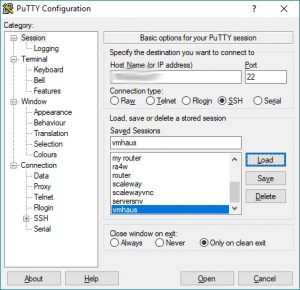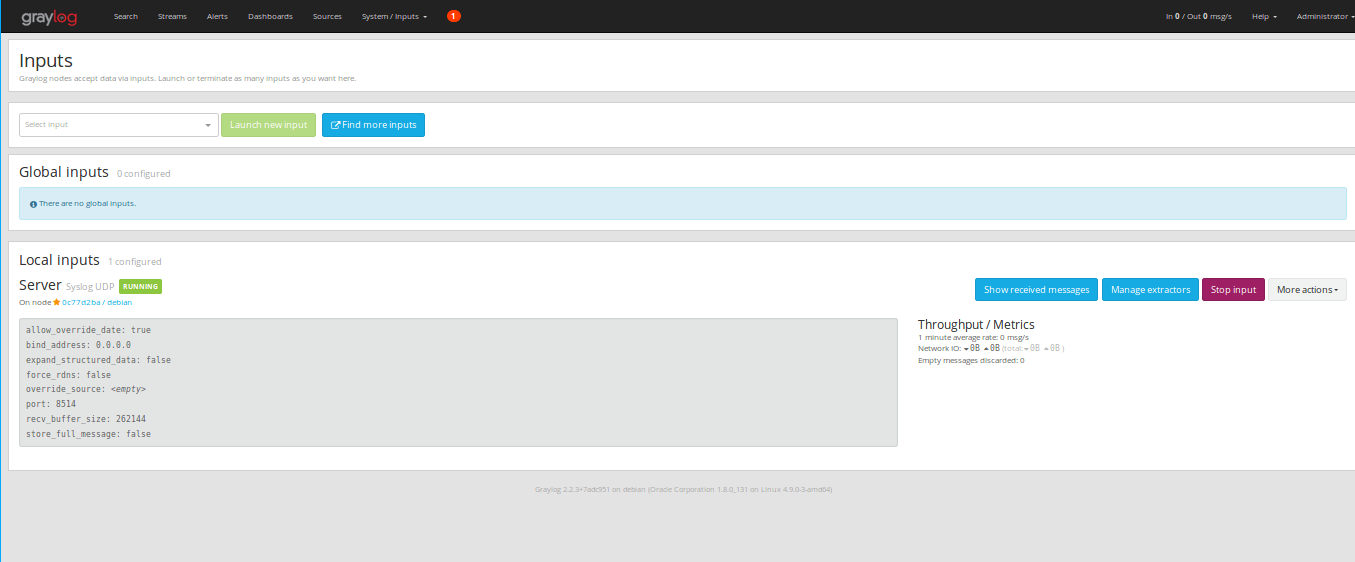

The date command in Linux can display the date in several formats, or to set the date on your computer's Linux operating system. The text file can be opened in any text editor and edited or saved to a PDF and shared. If you would like a print out of the entire year then pipe the calendar command to a text file, you can simply run $ cal 2016 > Yearl圜alendar.txt. Like most command-line tools, the calendar tool is composable with pipes or other functions. For example, $ ncal -e displays the date of Easter in the current year. You can also figure out slightly more complicated dates with the related ncal command. You can show the whole year with $ cal -y, or use $ cal -jy to display Julian dates beginning with 1 on January 1 and ending on December 31 with 365 or 366 if it's a leap year. Here are some easy examples of cal commands you can issue on the command line:ĭisplay a calendar for a specific month: $ cal -m Februaryĭisplay a calendar with the Julian days: $ cal -jĭisplay the current month, previous month, and next month: $ cal -3 The Linux date and calendar commands can do far more than just providing these fun factoids, though. (I can't tell you what year because she would not like to know that I'm telling people her age.)

My mom is celebrating her birthday soon and I know that she was born on Saturday, November 6.


 0 kommentar(er)
0 kommentar(er)
